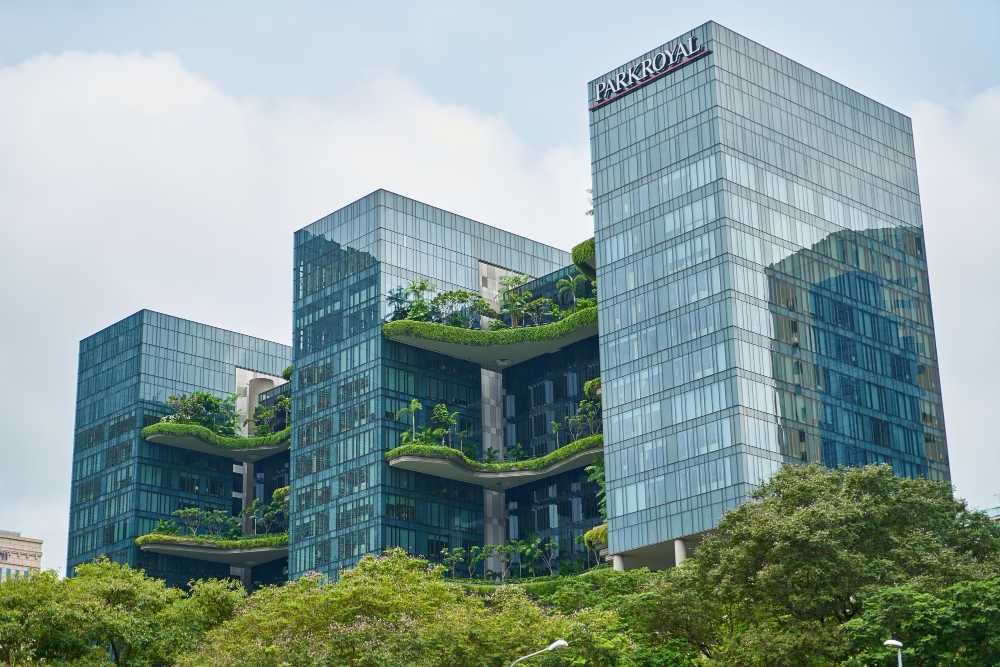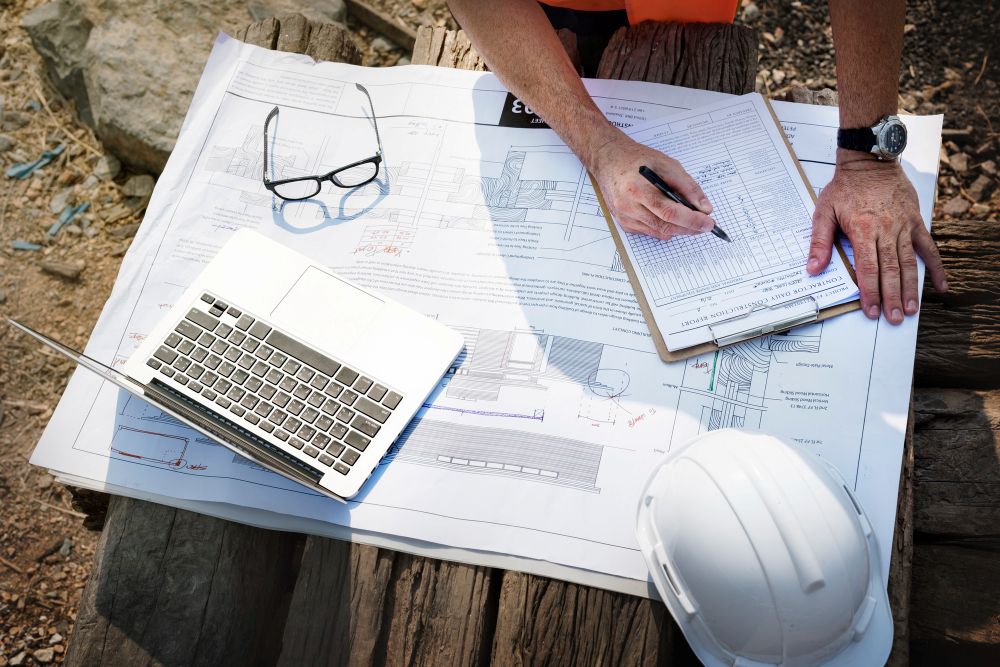
Urban Design Services That Meet Australian Green Building Standards
Discover how urban design services help meet Australian green building standards. Learn how Smart Planning and Design supports sustainable, compliant projects.
read more

As cities bake under intensifying heat waves, architects face a dual challenge: crafting visually striking skylines while battling soaring cooling demands. Traditional glass towers, once symbols of modernity, now contribute to 40% of global energy consumption. Enter smart glass facades—a fusion of aesthetics and electrochromic innovation that slashes cooling costs by 30% while redefining sustainable design.
Floor-to-ceiling windows flood interiors with natural light but act as thermal liabilities. Uncontrolled solar gain forces HVAC systems to work overtime, spiking energy bills and carbon footprints. In Dubai, where summer temperatures hit 50°C (122°F), cooling accounts for 70% of a building’s energy use. Architects seeking sleek aesthetics without ecological penalties are turning to dynamic glazing—glass that adapts like living skin.
Smart glass isn’t a passive material; it’s a responsive system. Electrochromic layers embedded between panes tint on demand via sensors, apps, or building management systems. When sunlight intensifies, nanoparticles rearrange to block infrared radiation (heat) while preserving visible light. Unlike static low-E coatings, this happens in real-time—reducing solar heat gain by up to 80%. The result? Spaces stay luminous without becoming greenhouses.
Consider The Edge, Deloitte’s headquarters—dubbed the "smartest building on Earth." Its south-facing facade uses SageGlass® electrochromic panels linked to weather APIs and occupancy sensors. As sun angles shift, the glass tints autonomously, maintaining 72°F (22°C) indoors. Combined with geothermal wells and AI-driven airflow, the building achieved 70% lower energy use than peers—with smart glass contributing 30% of those savings.
For architects, smart glass transcends engineering—it enables bold creativity. Projects like Jean Nouvel’s Louvre Abu Dhabi demonstrate its artistic potential: a geometric dome with 7,850 star-shaped smart glass panels that filter desert sun into a "rain of light." Practical considerations include:
Where do the dramatic cost reductions originate? Smart glass tackles three inefficiencies:
Emerging iterations push boundaries further:
Smart glass facades represent more than a technical upgrade—they signal architecture’s evolution from static to sentient. By marrying parametric design with climate intelligence, architects can craft buildings that breathe, adapt, and protect. The 30% energy reduction isn’t just a metric; it’s a manifesto for resilient, beautiful, and responsible design.

Discover how urban design services help meet Australian green building standards. Learn how Smart Planning and Design supports sustainable, compliant projects.
read more

Discover the benefits of mixed-use developments in town planning Australia. Learn how they boost convenience, sustainability, and community connection.
read more

Discover why feasibility studies are essential in town planning Australia. Learn how they save time, reduce risks, and improve approval chances.
read more